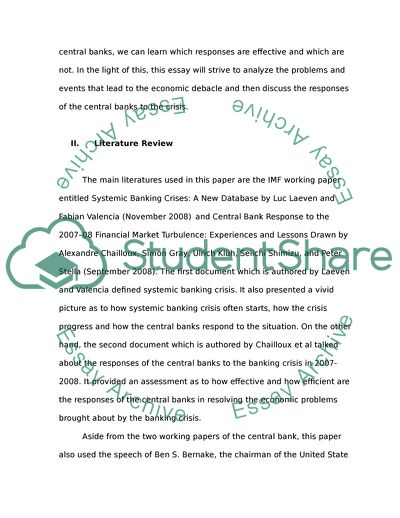Cite this document
(Understanding the Impact of the Systemic Global Banking Crisis on Econ Case Study, n.d.)
Understanding the Impact of the Systemic Global Banking Crisis on Econ Case Study. https://studentshare.org/macro-microeconomics/1732491-banking-system
Understanding the Impact of the Systemic Global Banking Crisis on Econ Case Study. https://studentshare.org/macro-microeconomics/1732491-banking-system
(Understanding the Impact of the Systemic Global Banking Crisis on Econ Case Study)
Understanding the Impact of the Systemic Global Banking Crisis on Econ Case Study. https://studentshare.org/macro-microeconomics/1732491-banking-system.
Understanding the Impact of the Systemic Global Banking Crisis on Econ Case Study. https://studentshare.org/macro-microeconomics/1732491-banking-system.
“Understanding the Impact of the Systemic Global Banking Crisis on Econ Case Study”. https://studentshare.org/macro-microeconomics/1732491-banking-system.


